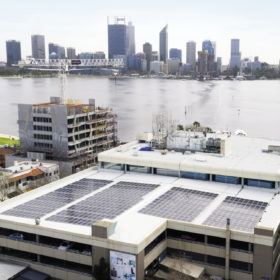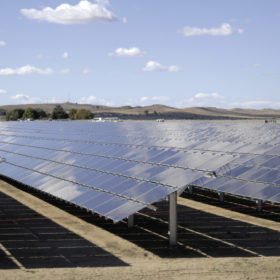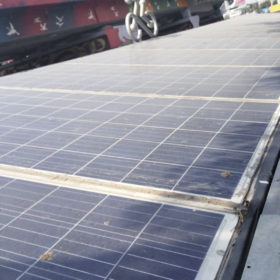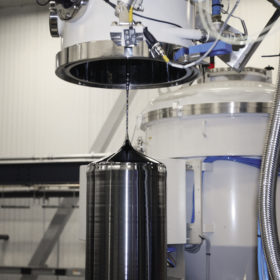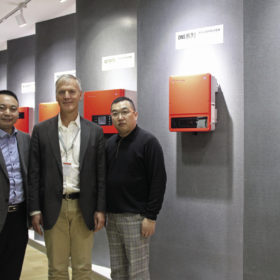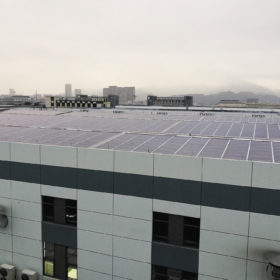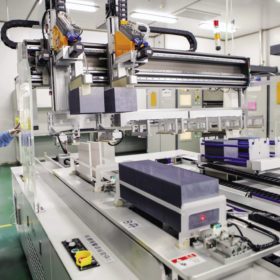All for one, one for all
As one of the leading markets for distributed solar+storage, with sufficiently flexible legislative and regulatory frameworks surrounding its electricity sector, Australia already boasts a strong pipeline of virtual power plants (VPPs). From big utilities to state governments, initiatives to orchestrate distributed energy resources that help support the grid have proliferated in recent years. pv magazine takes a look at Australia’s VPP ecosystem and how market players see it.
PG&E’s bankruptcy saga has just begun
Pacific Gas and Electric Company’s bankruptcy has already led to a number of questions, not only about the future of renewable energy contracts that it holds but also its own future and the future of utilities in general.
Inertia, frequency regulation and the grid
The old system of regulating frequency on electricity grids with the help of the inertia provided by large spinning masses is under threat by the rise of wind, solar, and batteries. But what will replace inertia-based control, and how will the transition work?
Grid intelligence: Solar to stabilize grids in Europe
The next wave of solar PV generation in Europe is coming, writes Stefan Degener. The most recent advancement is riding not on the back of a game-changing new panel design, or sweeping policy changes. Rather, solar 2.0, as it is called, is breathing new life into the solar industry through a closer integration with the electricity grid, including intelligent controls.
Heritage building goes with the flow
Urban infill and the repurposing and renovation of heritage buildings can lead to unexpected challenges, when increased occupancy and new building usage results in higher electricity demand. The developers of a 100 year old building in the Australian city of Adelaide encountered exactly this, enlisting the assistance of locally-developed bromide flow batteries to meet peak demand. Redflow’s Ben Shepherd sets out the case study.
Case for optimization
While India’s solar potential is unquestionable, the market’s progress has been uneasy and race-to-the-bottom pricing has held back the adoption of technologies such as MLPE. However, that is beginning to change, writes Prasidh Kumar, CEO, Soreva Energy, as the modernization of grids requires proactive monitoring and optimization technologies.
The mainstreaming of mono
In the second half of 2018, monocrystalline silicon technology passed an important milestone: Quarterly production of monocrystalline ingots, wafers, cells, and modules overtook that of multicrystalline for the first time in the mainstream PV era. This milestone was tracked by PV technology and market forecasting firm exawatt. CEO Simon Price sets out how mono’s rapid growth could have been, and was, predicted.
Progressive innovation in China: from modules to inverters
In December 2018 it was time for pv magazine’s fifth annual road trip to mainland China. We take this voyage at the end of each year, since it allows us to review the year drawing to a close, and forecast developments in the coming year. Last year was especially rocky for China’s solar PV industry, coming off of a spectacular 2017 with record PV installations.
A battery and inverter powerhouse
In December, pv magazine met with SolaX Power President Li Xinfu and his team, at the company’s headquarters in sprawling Hangzhou, Zhejiang province. The region is a hotspot of the Chinese PV industry, and SolaX belongs to the cutting edge of Chinese inverter and residential battery manufacturers.
LDK struggles toward renaissance
It was PV’s ‘too big to fail moment.’ LDK’s decline into bankruptcy was closely watched by industry observers and dragged on for years. Now the company is looking to make a comeback, with new investment and a renewed focus on technology, which it hopes will secure its future.
